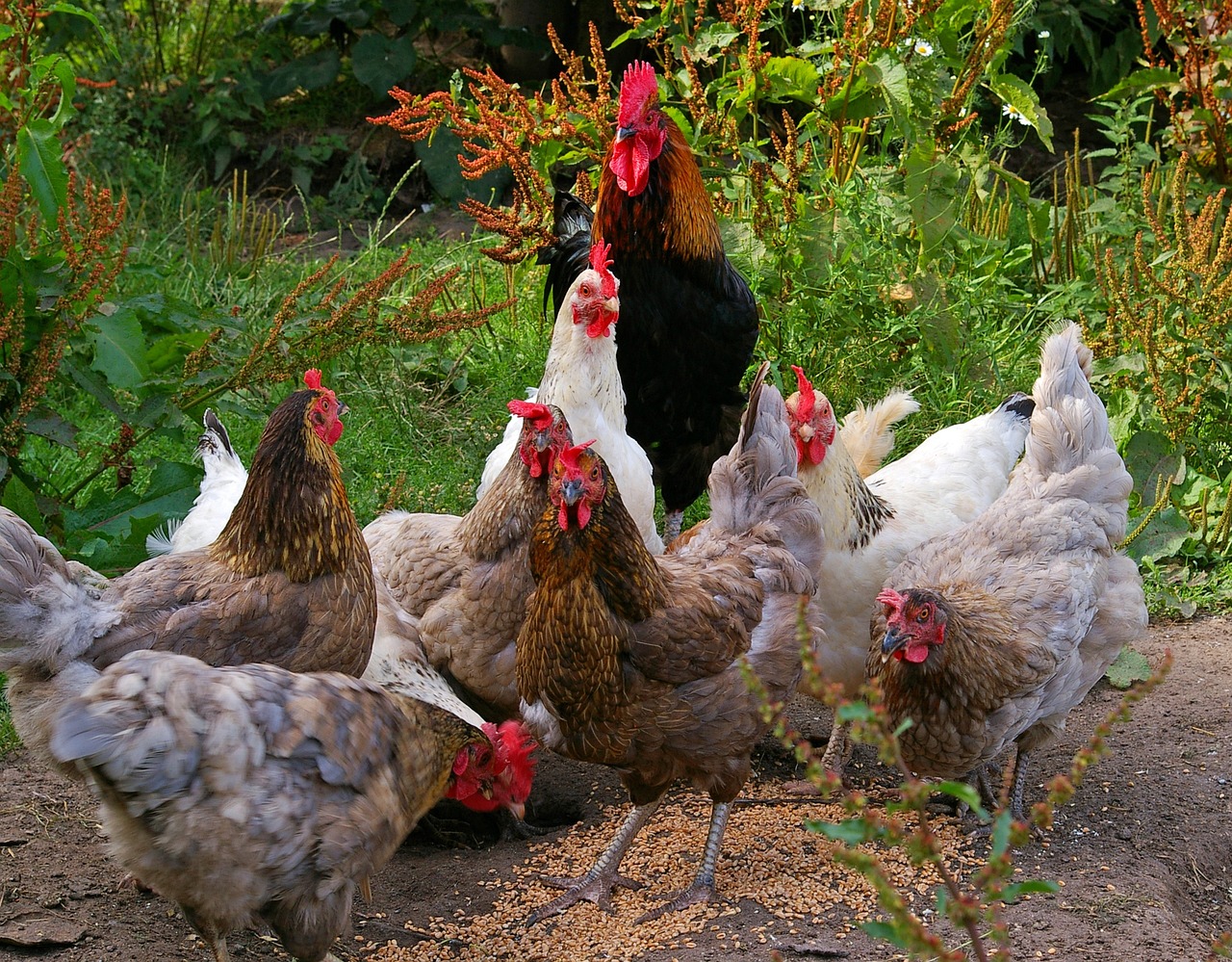If you’ve recently embarked on a journey into backyard chicken keeping or are considering adding feathered friends to your homestead, knowing how to properly harvest chicken eggs is key to enjoying fresh, wholesome produce right from your own property.
Collecting eggs can be a rewarding experience, whether you’re doing it for fun, sustainability, or simply to enjoy delicious homegrown meals. In this guide, you’ll learn the best practices for egg harvesting, how to ensure your hens stay healthy, and tips for storage.
Understanding the Chicken Egg Cycle
First, it’s important to understand how often hens lay eggs. On average, a healthy hen will lay about five to six eggs per week, depending on her age, breed, and health. Most hens will start laying eggs when they are around four to six months old. Certain breeds are known for their high egg production, such as the Rhode Island Red, Leghorn, and Sussex. Knowing the laying habits of your hens can help you better manage your expectations and egg collection routine.
Creating the Right Environment
Before you can harvest eggs, you need to ensure that your chickens are comfortable and healthy. Here are some tips:
Provide proper housing: Chickens need a clean, dry coop that protects them from predators and extreme weather.
Nest boxes: Set up adequate nest boxes for your hens. A good rule of thumb is to have one box for every three to four hens. Make sure they are lined with soft bedding like straw or wood shavings to keep the eggs clean and provide comfort for your hens.
Cleaning and maintenance: Regularly clean the coop and nesting areas to prevent disease and ensure good egg production. This includes removing old bedding, cleaning droppings, and ensuring proper ventilation.
The Harvesting Process
When your hens start laying, it’s time to get into a routine for collecting eggs. Here’s how to do it:
Frequency: Collect eggs at least once a day to prevent them from becoming dirty or damaged. During peak laying periods, some hens may lay early in the morning or late in the afternoon, so checking twice a day might be beneficial.
Gentle handling: When collecting eggs, handle them gently to avoid breakage. Eggs are fragile, and a rough touch can lead to cracks.
Check for signs of freshness: Inspect each egg as you collect it. A clean egg is typically fresh, so try to collect eggs before they get dirty from droppings or bedding. If you find dirty eggs, clean them gently with a damp cloth or sponge.
Egg Storage
Proper storage is essential to maintain the freshness of your harvested eggs:
Temperature: Store your eggs in a cool place, ideally in the refrigerator. Fresh eggs can be kept on the counter for a short period, but refrigeration is recommended for longer storage.
Washing: It’s best not to wash eggs until you’re ready to use them. Washing removes the protective coating that helps keep out bacteria. If you do wash them, ensure they’re dried before storage.
Labeling: If you collect eggs with different dates or from different breeds, consider labeling or organizing them so you can use the oldest ones first.
Signs of Healthy Hen Egg Production
Monitoring your hens’ health can greatly impact egg production. Some things to look for include:
Healthy appearance: Hens with bright eyes, smooth feathers, and normal behavior are generally healthy. Monitor for signs of illnesses such as lethargy, coughing, or abnormal droppings.
Consistent egg production: If your hens start laying less frequently, it could be due to stress, health issues, or environmental changes. Factors such as poor nutrition, inadequate lighting, or molting can affect their laying habits.
Troubleshooting Egg-Laying Issues
Even with the best care, you may encounter some challenges concerning egg production. Here are a few common issues and their solutions:
Stress: Changes in the environment, such as introducing new chickens, can stress your hens. Keep their routine as consistent as possible.
Nutritional deficiencies: Make sure your hens are receiving a balanced diet rich in protein, calcium, and other essential nutrients. Layer feed is specifically formulated for laying hens and can help with egg production.
Lighting conditions: Hens require approximately 14-16 hours of light daily for optimal laying. During the winter months, consider using a light bulb to extend their daylight hours.
Conclusion
Harvesting chicken eggs is a fulfilling and enjoyable activity that not only provides delicious food but also connects you to the natural rhythms of life on a homestead. By creating a comfortable environment for your hens, understanding their cycles, and properly handling and storing their eggs, you can ensure that you have a steady supply of fresh eggs for your table. With a little patience and attention, you’ll be on your way to becoming a skilled egg harvester in no time





